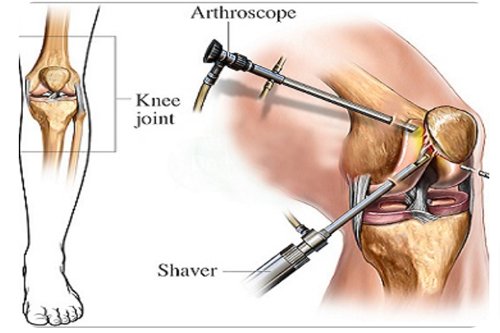Dr Amit Saoji | Orthopedic Surgeon In Nagpur | Orthopedic Doctor in Nagpur
Arthroscopic Surgery In Seoni
Home / Arthroscopic Surgery In Seoni

Arthroscopic Surgery In Seoni, also known as arthroscopy, is a minimally invasive surgical procedure use to diagnose and treat joint-relate issues. The term “arthroscopy” comes from the Greek words “arthro,” meaning joint, and “skopein,” meaning to look. During arthroscopic surgery, a small camera call an arthroscope is insert into the joint through a small incision. This camera allows the surgeon to visualize the inside of the joint on a monitor in real-time.
Arthroscopic surgery is widely use across orthopedics and has revolutionize the way joint conditions are diagnose and treat. Patients must consult with their orthopedic surgeon to determine the most appropriate treatment plan base on their specific condition.
Arthroscopic Surgery Symptoms
- Pain and Discomfort: It’s normal to experience some pain or discomfort around the incision sites and the joint that underwent the procedure. The level of pain varies among individuals.
- Swelling: Swelling is a common postoperative symptom. Elevating the affected limb and applying ice as recommended by the surgeon can help reduce swelling.
- Bruising: Bruising around the incision sites or the joint is normal and usually resolves over time.
- Stiffness: Stiffness in the joint is common after arthroscopic surgery. Physical therapy and prescribed exercises are typically recommended to regain joint flexibility and mobility.
- Limit Range of Motion: Initially, there might be a limit range of motion in the joint. Physical therapy plays a crucial role in gradually restoring normal joint function.
- Numbness or Tingling: Some patients may experience temporary numbness or tingling around the incision sites, which is often due to nerve irritation during the surgery.
- Drainage or Fluid Release: In some cases, there might be mild drainage or fluid release from the incision sites. It’s important to keep the incisions clean and dry as per the surgeon’s instructions.
- Fatigue: Feeling tire or fatigue is common in the initial days after surgery. Adequate rest and following the prescribe recovery plan are essential.
Arthroscopic Surgery Process
- Preparation: The patient is typically place under general anesthesia, although in some cases, local anesthesia or regional anesthesia may be use. Small incisions, known as portals, are made near the joint.
- Inserting the Arthroscope: The arthroscope is a thin, flexible tube with a light and camera at the end. It is insert through one of the incisions to provide a clear view of the inside of the joint.
- Visualization and Diagnosis: The surgeon examines the joint structures, including cartilage, ligaments, tendons, and the synovium, to identify any abnormalities or issues.
- Treatment or Repair: Based on the diagnosis, the surgeon may perform various procedures using specialize instruments inserted through additional portals. Common arthroscopic procedures include removing loose bodies, repairing torn ligaments or tendons, and smoothing or repairing damage cartilage.
- Closure: Once the necessary procedures are complete, the instruments are removed, and the incisions are close with stitches or adhesive strips.
Benefits of Arthroscopic Surgery
- Minimally Invasive: Smaller incisions result in less tissue damage and scarring.
- Faster Recovery: Patients often experience a quicker recovery compared to traditional open surgery.
- Diagnostic Precision: The arthroscope provides a detailed and magnifying view of the joint, allowing for accurate diagnosis and target treatment.
